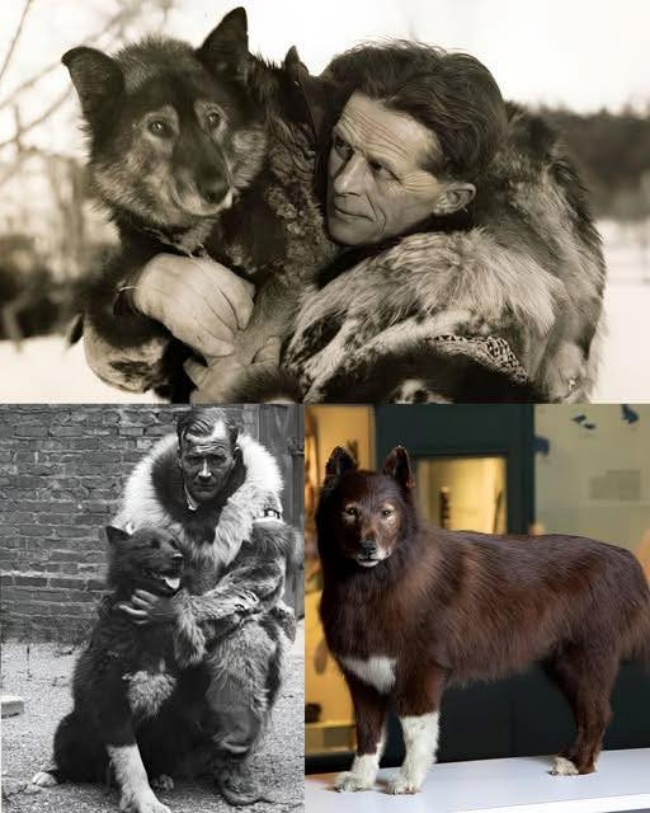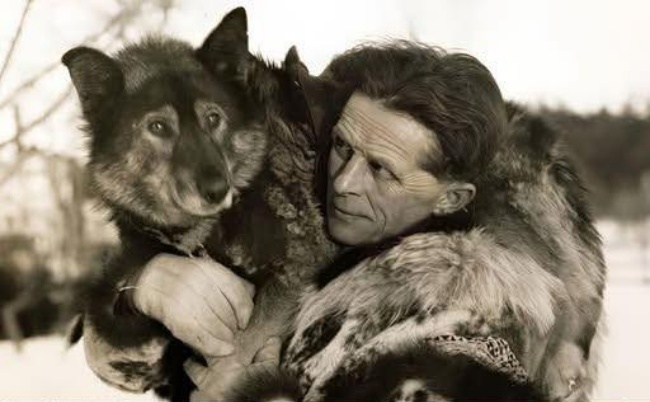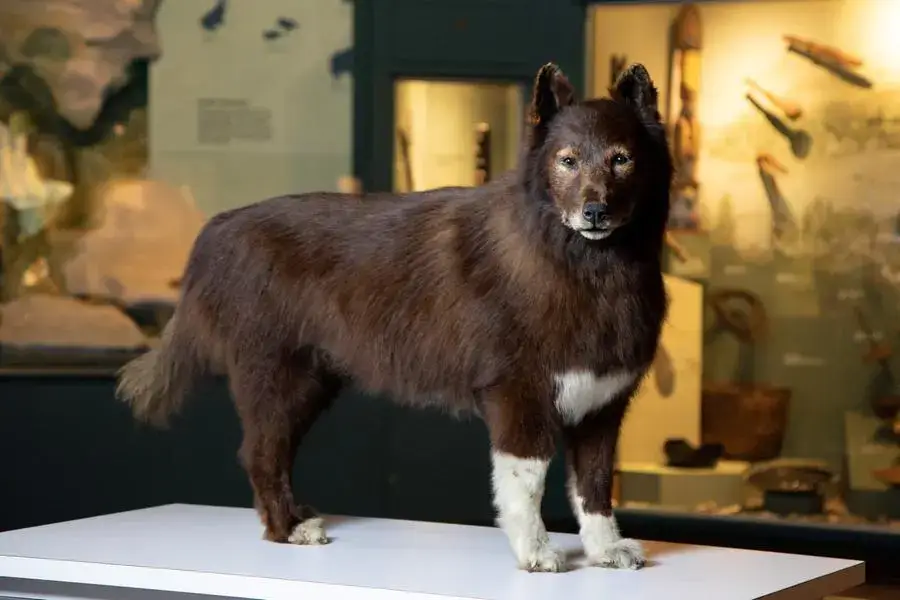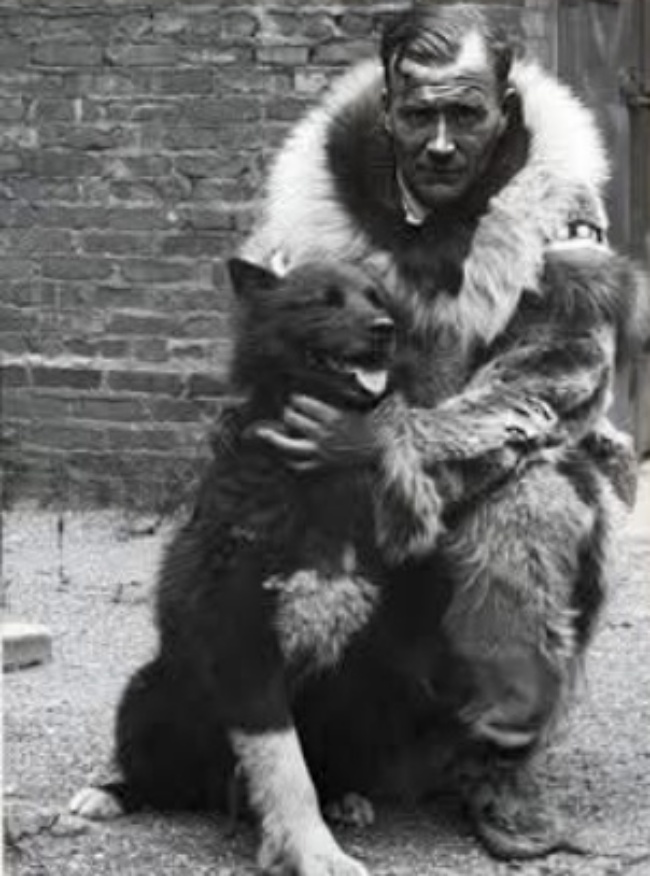Heroic Sled Dogs Brave Frozen Wilderness to Save a Town in Crisi

In the winter of 1925, the town of Nome, Alaska, faced a severe health emergency. A sudden outbreak threatened the lives of its youngest residents, but the town was completely isolated. Snowstorms cut off every route in and out, temperatures dropped as low as -50°C, and the much-needed medicine was over 1,000 kilometers away. With planes grounded and ships trapped by ice, there was only one solution: a relay of sled dog teams.

More than 20 mushers and 150 sled dogs joined the effort, embarking on an urgent journey across 1,085 kilometers of frozen wilderness. What usually took weeks had to be completed in only five days. Each team pushed through brutal winds, icy terrain, and endless nights, handing off the precious serum in a desperate race against time.

Among these teams, one leader rose to fame. Balto, a Siberian husky not originally chosen as the primary lead, was entrusted with the final 85 kilometers. Through blinding snow and complete darkness, Balto guided his team with steady determination. Exhausted yet unwavering, they carried the life-saving serum into Nome on February 2, just in time to prevent the crisis from claiming more lives.
Balto’s role in the serum run captured the attention of the entire nation. Newspapers across the country shared his story, turning him into a symbol of courage and resilience. In recognition of his bravery, a statue was erected in New York’s Central Park later that year, where it still stands today as a tribute to his legacy.

The 1925 serum run remains a landmark moment in history, showcasing endurance, teamwork, and the unbreakable connection between humans and animals. Nearly a century later, Balto’s name continues to inspire, reminding the world of the determination it takes to triumph against impossible odds.







